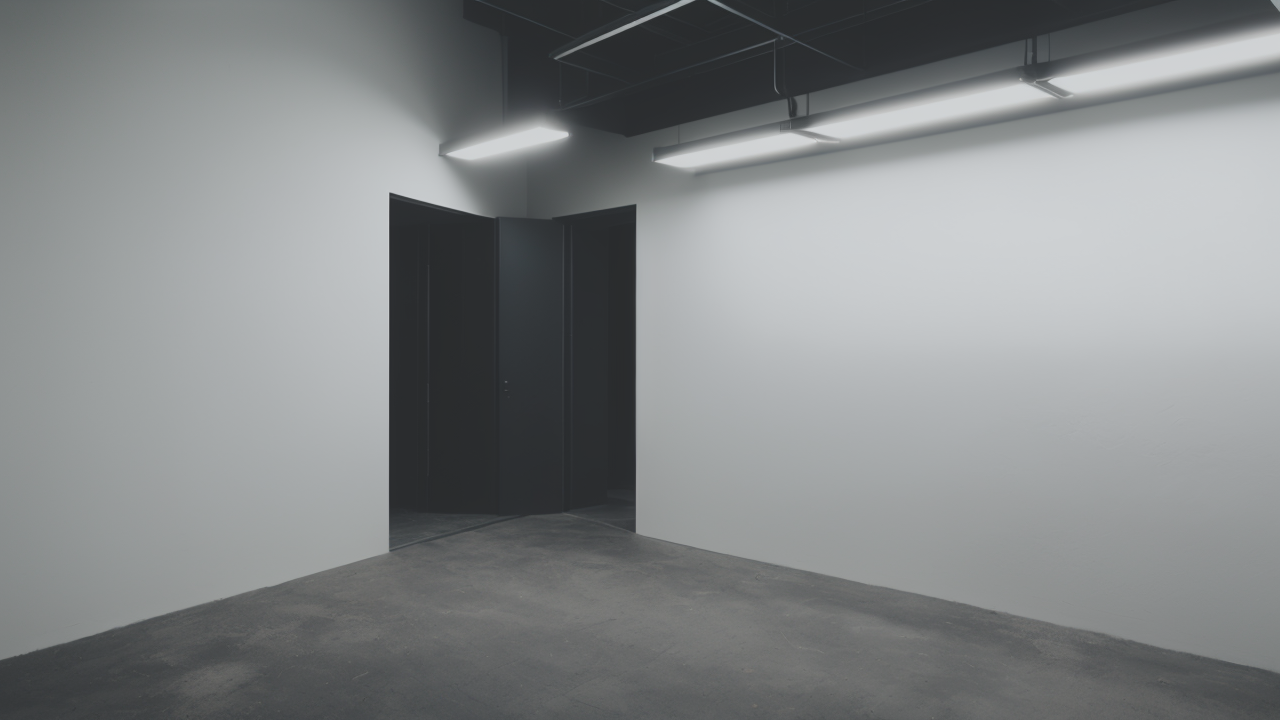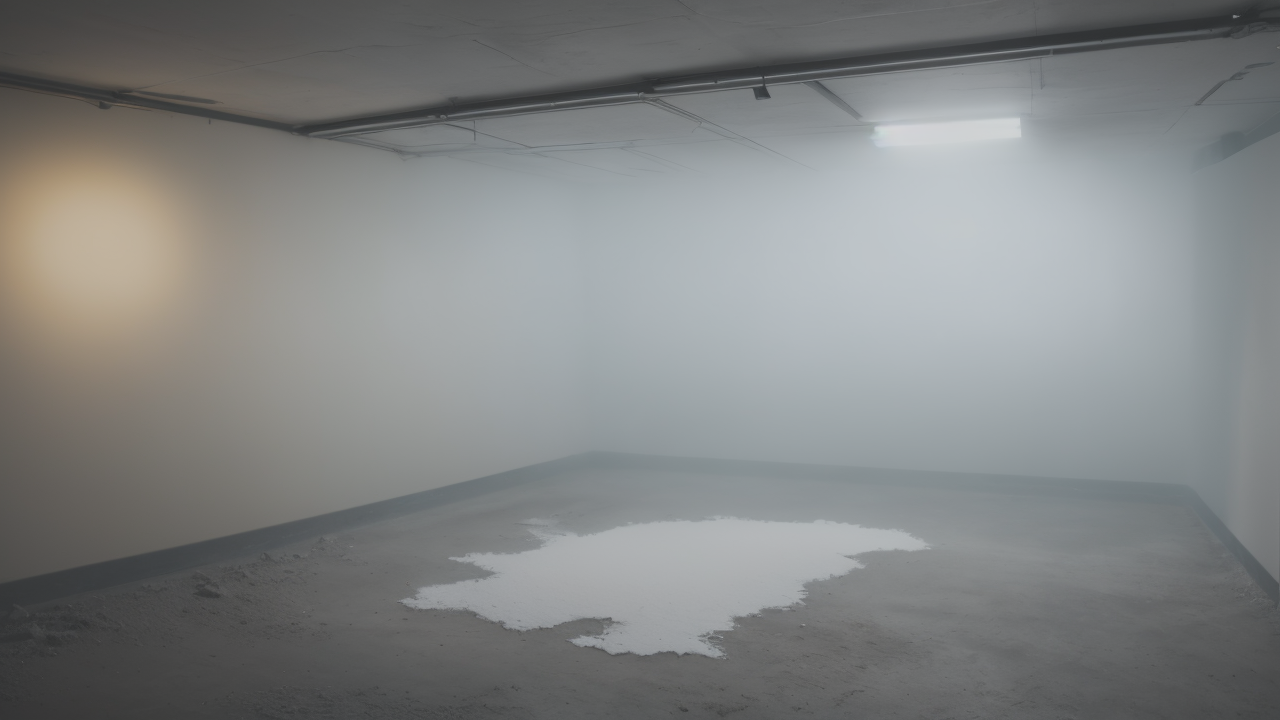
Decoding Modern Contemporary Art: A Deep Dive into Minimalist Aesthetics
The Essence of Minimalism in Art
Defining Minimalism in the Visual Arts
Minimalism in visual arts is all about simplicity. It strips away excess details to focus on the essentials. Artists use basic elements to create powerful works. These often include clean lines, simple shapes, and few colors.

The goal is to convey ideas with as little as possible. Minimalist art aims to create a sense of calm and order. It often uses repetition and geometric forms. You can find minimalist art in many forms. These include paintings, sculptures, and installations.
This style challenges viewers in a unique way. It asks them to find meaning in simplicity. It also invites them to see beauty in basic forms. Minimalism shows that sometimes, less really is more in art.
The History and Philosophy Behind Minimalism
Minimalism emerged as an art movement in the 1960s. It was a response to the complex world of abstract expressionism. Artists like Donald Judd and Frank Stella led this new wave. They had a different vision for what art could be.
These artists rejected the idea that art must express emotion or tell stories. Instead, they focused on the physical properties of art. They explored materials and space in new ways. The philosophy of minimalism has deep roots. It draws inspiration from Zen Buddhism and modernist design.
Minimalist artists aim to create 'objective' art. They want viewers to experience the work directly. They avoid hidden meanings or symbols. This approach creates a pure, uncluttered aesthetic.
Enhancing Minimalist Art with Plaster Techniques
The Role of Plaster in Modern Minimalist Sculptures
Plaster has become a key material in modern minimalist sculptures. It offers a pure white surface that fits perfectly with minimalist ideals. Artists love plaster for its versatility. They can mold, carve, and shape it easily to create various forms.

In minimalist art, plaster sculptures often explore form and space. They also play with light in interesting ways. Artists use plaster to create simple shapes. These can be geometric or abstract. The material's ability to capture and reflect light adds depth to minimalist works.
Plaster sculptures come in all sizes. They range from small, delicate pieces to large installations. The simplicity of plaster allows artists to focus on essential elements. It helps them create powerful works with minimal means.
Innovative Plaster Techniques for Artists
Artists are always finding new ways to work with plaster in minimalist art. Some mix it with other materials to create unique textures. Others use molds to make repeating forms. Repetition is a key element in minimalism. Layering techniques can add subtle depth to simple surfaces.
Some artists experiment with colored plaster. This introduces minimal color variations to their work. Others focus on surface treatments. They might polish or sand the plaster to change how it reflects light. There are even more innovative approaches. Some artists embed objects in plaster.
Others create negative spaces within it. These methods push the boundaries of minimalist art. Yet, they stay true to its core principles of simplicity and clarity. Innovative techniques allow artists to explore new possibilities within minimalism.
Implementing Plaster Techniques in Your Art Practice
Step-by-Step Guide to Using Plaster in Art
- Gather your materials: plaster of Paris, water, mixing container, and tools.
- Prepare your workspace by covering surfaces to protect them.
- Mix the plaster according to the package instructions.
- Pour or apply the plaster to your chosen surface or mold.
- Allow it to set partially before shaping or carving.
- Once fully dry, sand or polish the surface as desired.
- Apply a sealant if needed to protect your finished piece.
Remember, plaster sets quickly. Work efficiently and in small batches. Experiment with different water-to-plaster ratios to create various textures. Always wear protective gear when working with plaster dust.

Tips and Best Practices for Minimalist Art
- Focus on essential elements and remove unnecessary details.
- Use a limited color palette, often sticking to monochromatic schemes.
- Embrace negative space as an important part of the composition.
- Experiment with repetition and patterns to create visual interest.
- Pay close attention to the quality of lines and edges in your work.
- Consider how your art interacts with its surrounding space.
- Be intentional with every element you include in your piece.
- Explore different textures within a minimalist framework.
- Study light and shadow to add depth to simple forms.
- Remember that in minimalism, every detail counts, so be precise.
Case Studies: Successful Minimalist Art Installations
- Donald Judd's "100 untitled works in mill aluminum" (1982-1986):
This famous installation features 100 identical aluminum boxes. It explores repetition and the interplay of light on simple forms. Judd's work shows how minimalism can create powerful experiences through simplicity.
- Robert Morris's "Untitled (L-Beams)" (1965):
Morris used three L-shaped forms in different positions. This piece demonstrates how simple forms can create complex spatial relationships. It challenges viewers to consider how placement affects perception.
- Agnes Martin's grid paintings:
Martin's subtle, abstract grid paintings are perfect examples of minimalism in 2D art. She used delicate lines and pale colors to create serene, meditative pieces. Her work shows how minimalism can evoke emotion through the simplest means.
- Richard Serra's "The Matter of Time" (2005):
This large-scale installation uses curved steel plates to create a series of sculptures. It shows how minimalist principles can apply to monumental works. Serra's piece engages viewers physically and challenges their sense of space and balance.
These case studies highlight the diversity within minimalist art. They use simple forms and materials to create profound artistic statements. Each artist explores different aspects of space, form, and perception while staying true to minimalist principles.


